Opel had a problem in the mid-1960: Its cars were terminally dull. Sure, the company was far from unique in this respect, but unlike many of its rivals, Opel decided to do something about it, and that was to inject some sex appeal into the range.
The first signs of Opel’s ambitions were seen at the 1965 Frankfurt motor show, when the company unveiled an experimental coupé. Called simply ‘GT’, this rakish sportster was nothing more than a humdrum Kadett underneath (albeit with a Rekord engine), but ex-Corvette designer Clare MacKichan did a great job of coming up with the lines for Opel’s first two-seater sports car since 1924.

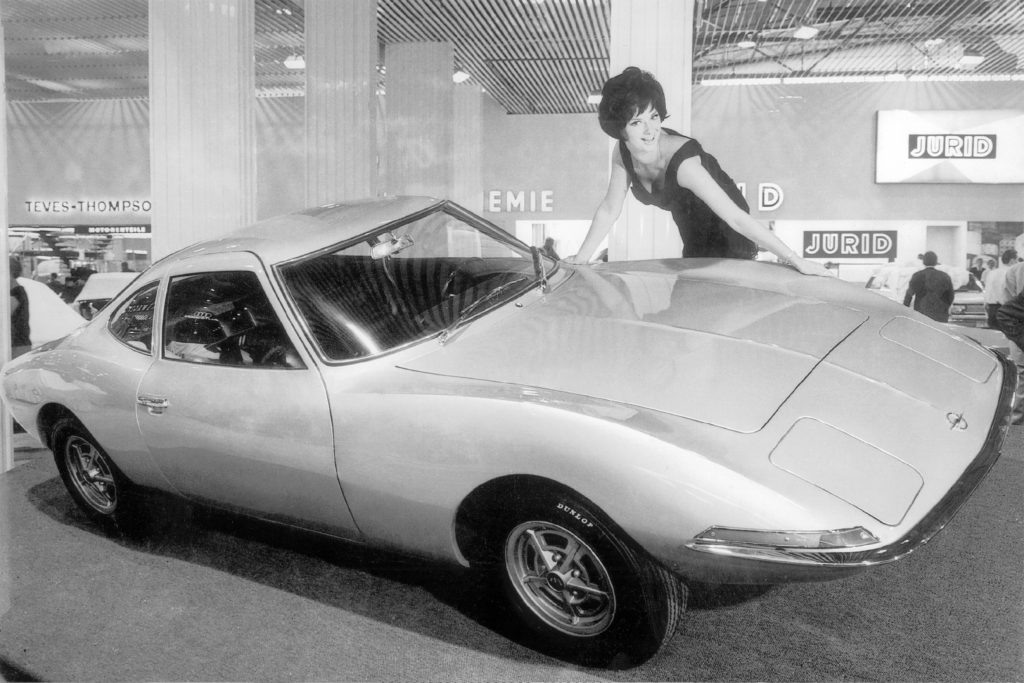
Despite constant denials, Opel planned all along to create a production version of the GT, but it kept its powder dry for several years, claiming that the GT was nothing more than a show car. However, everyone assumed that the concept would reach production in some form, probably with a fibreglass bodyshell, so it was no surprise when in 1968 the GT burst onto the scene in steel-bodied form, a year before Ford’s Capri did the same. While the Capri became an instant classic and lasted for three generations over a 17-year production run, the GT was killed off after just five years, and it is now largely forgotten.
Intended to be a sports car for the younger driver, and marketed with the slogan “The first common market sports car,” the Opel GT could be ordered with a 1078cc engine that pushed out just 67bhp. But few chose this route. Instead, most went for the 1897cc alternative that provided a marginally more enticing 89bhp. Even with this engine the GT was no ball of fire; it got to 60mph from stationary in a shade under 10 seconds and topped out at 112mph.
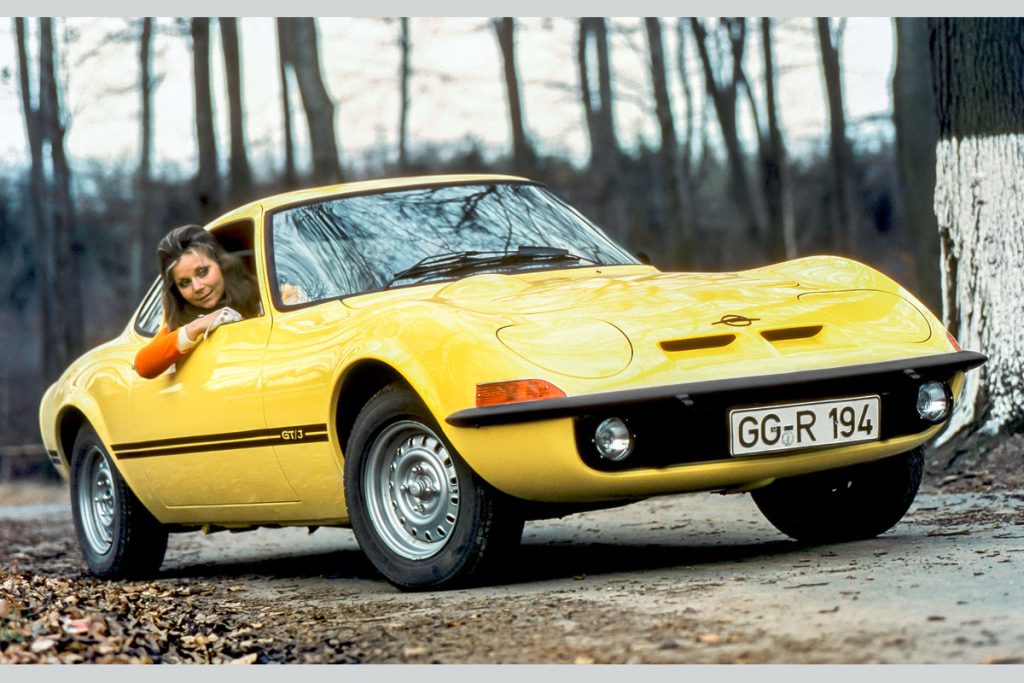
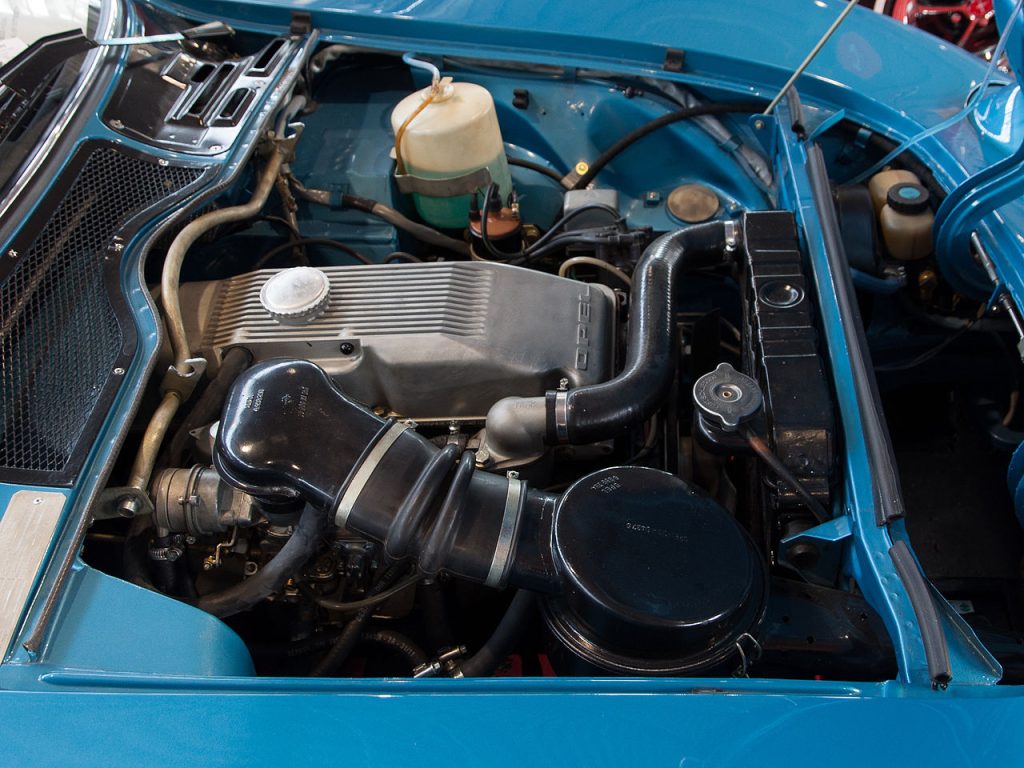
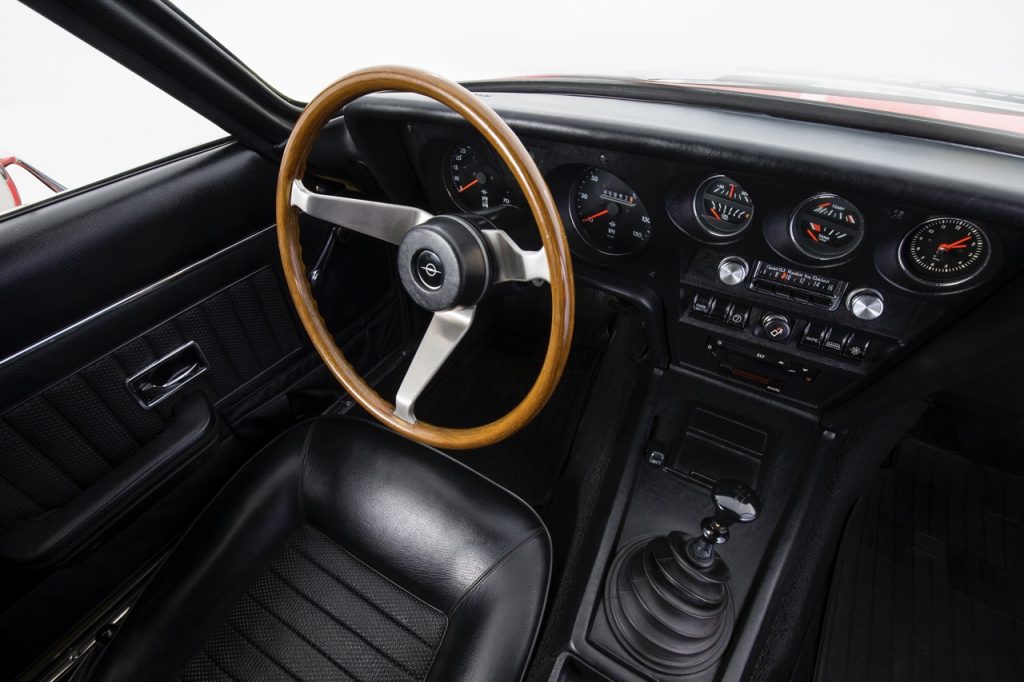
Up front there was independent suspension, while retractable lights (which swivelled into position) boosted the car’s sporting credentials. The floorpan, engine, gearbox, brakes, and suspension were all taken from the Kadett or Rekord, and while 1.1-litre editions had smaller brake drums at the back and a lower final-drive ratio, both models had identical bodywork and trim. Standard fare was a four-speed manual transmission, but 1.9-litre GTs could be ordered with a three-speed automatic instead.
As soon as the GT went on sale, it was a hit. Opel had planned to build 60 cars per day, but production quickly doubled, which was easier said than done. Parisian company Chausson produced the body shells, while Brissonneau & Lotz, also based in Paris, was commissioned to take care of body trimming and painting. When the GT proved to be such a hit, Opel had to lend a hand by also finishing cars in its factory in Bochum, Germany.
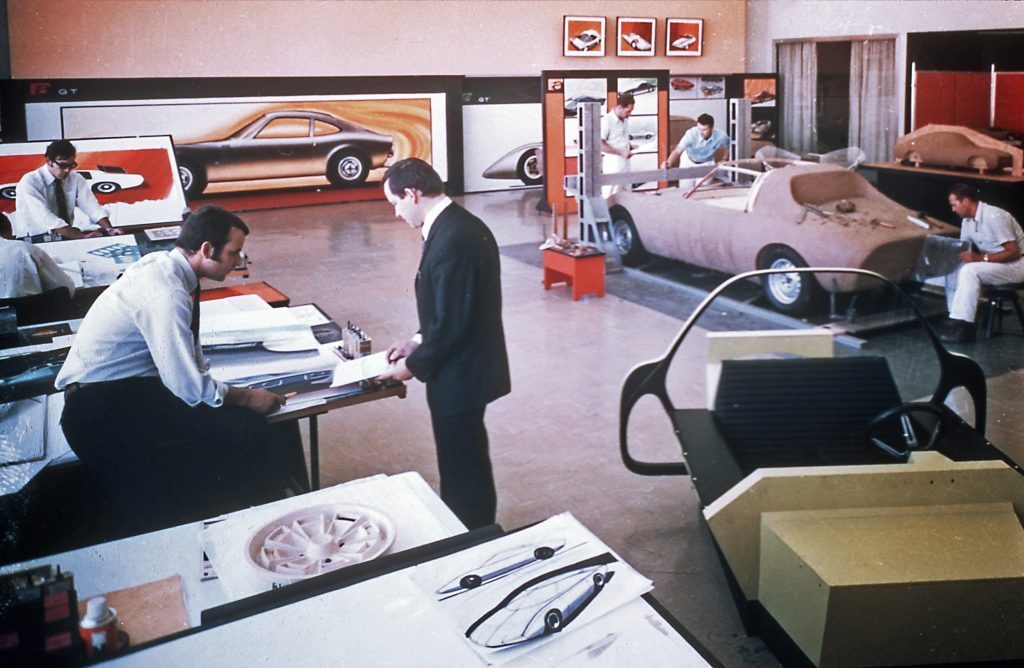
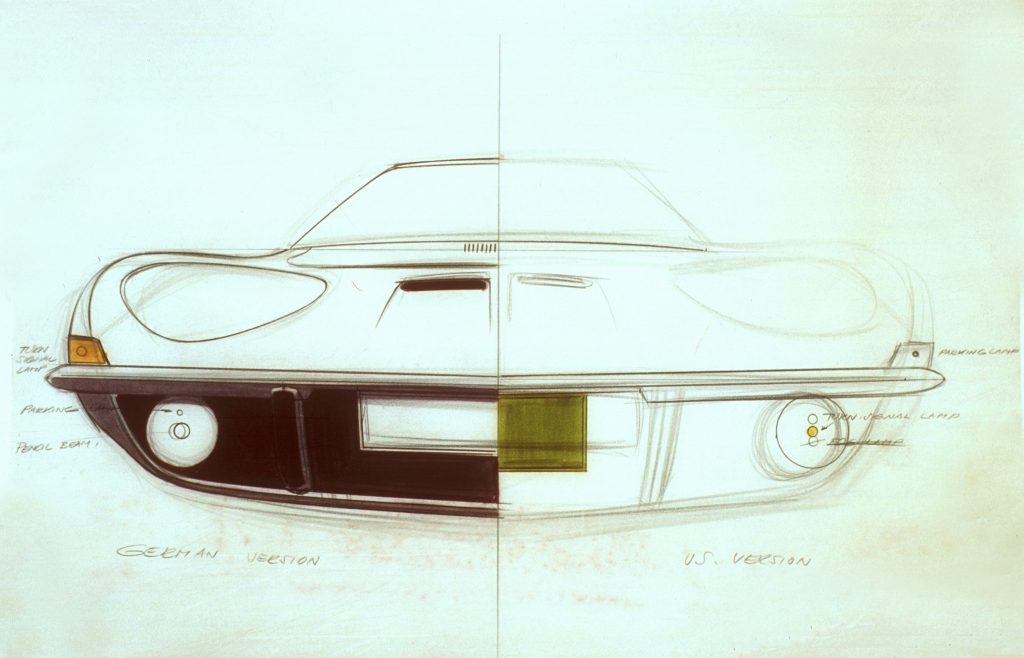
Part of the reason for the GT’s early success was its availability in the US, where it was sold through Buick dealers. Differences on the theme were minor between Federal and European variations. US-spec cars usually lacked anti-roll bars and a heated rear window, for instance. European cars could be specified with a radio, three-speed automatic gearbox, fog lights, and a passenger-side door mirror, but available on both sides of the Atlantic was a ZF limited-slip differential – not that many buyers paid the extra for one.
Although the GT was billed as a 2+2, the back seat wasn’t a place in which anyone would want to spend a significant amount of time. At a push you could just about squeeze one passenger in sideways, behind the high-backed front seats, and as if that wasn’t enough, there was no boot lid or tailgate. Instead, any luggage had to be fed into the boot via the back seat. It wasn’t as though there was much carrying capacity anyway; the spare wheel took up most of the available space.
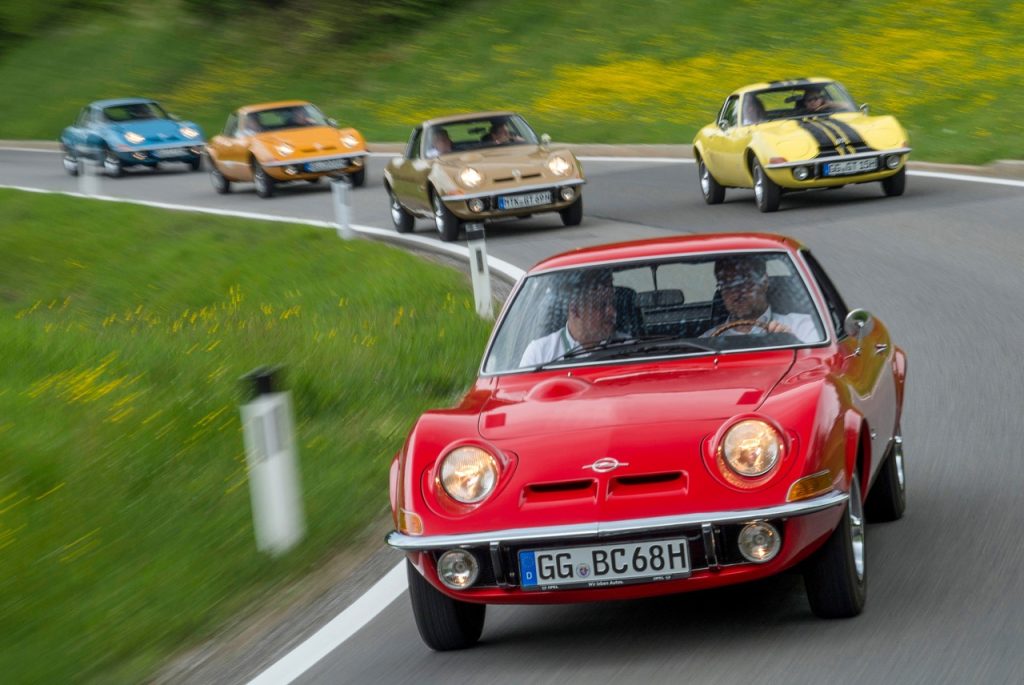
When Motor tested the GT in March 1969, writer Paul Frére noted: “The GT is extremely well behaved and should go a long way to change public opinion about the roadworthiness of Opels. With radial tyres, good weight distribution and rather stiff springs, both handling and roadholding are excellent. On faster bends the car is almost completely neutral and cornering speeds quite high. The light and very positive rack-and-pinion steering combine to make up a car which is extremely pleasant and enjoyable to drive.”
Sales ticked over quite nicely at first, but by 1971 demand had started to wane. In an attempt to boost interest, Opel introduced the cheaper GT/J, with simplified instrumentation, trim, and exterior brightwork. It came only in 1.9-litre form, the 1.1-litre engine having been canned by this point, due to a lack of demand. The GT/J helped to boost sales a little, but the days of Opel’s affordable sports car were numbered.
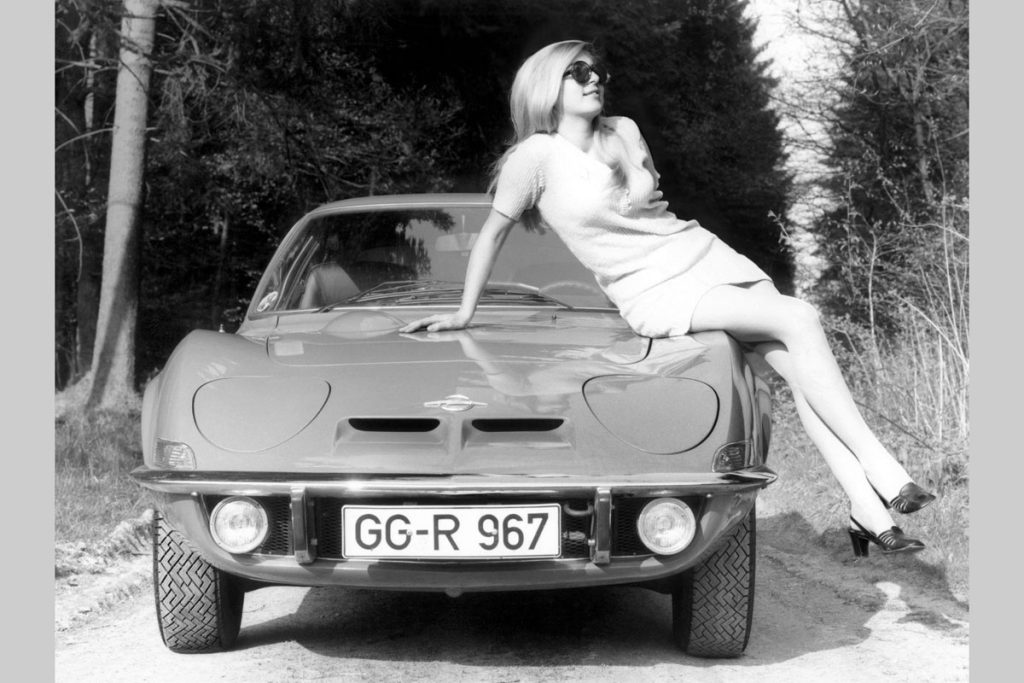
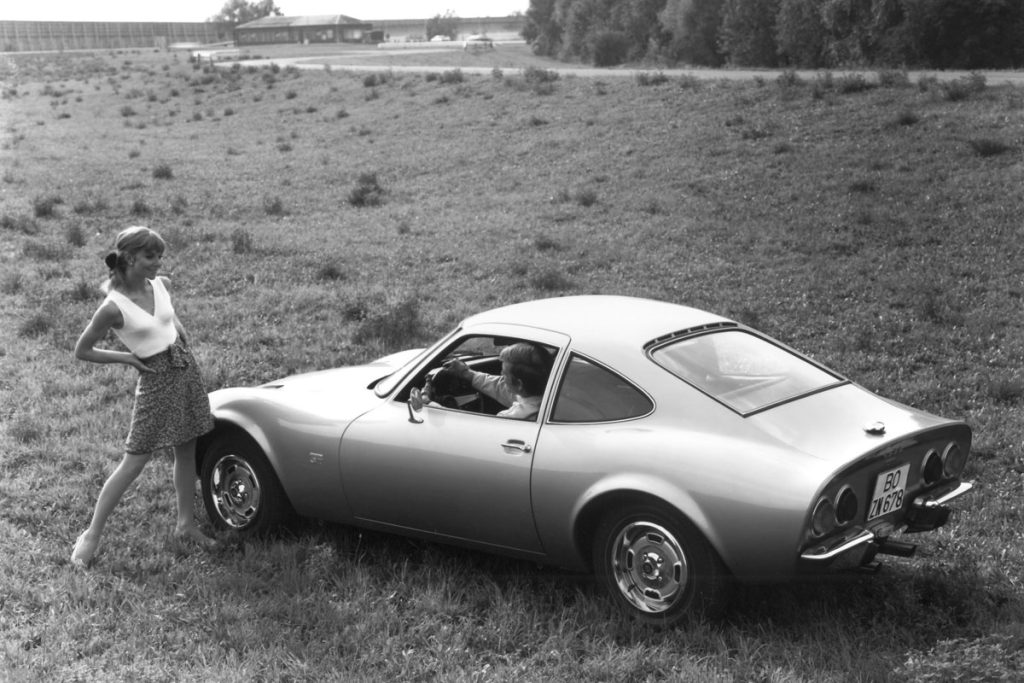
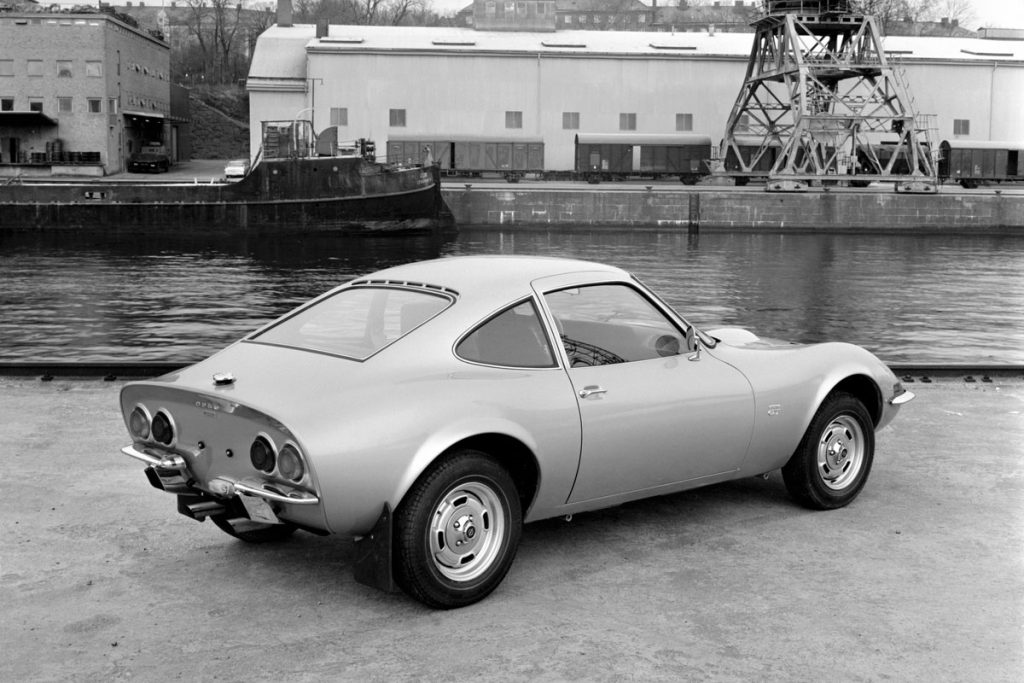
Tougher US impact rules led to the GT’s demise in 1973; it wasn’t worth it for GM to engineer the car to pass, as sales had slowed to a trickle. Of the 103,463 GTs built, by far the rarest was the 1100, with just 3573 examples made. The GT/J was the next rarest, with 10,760 built, while the 1900 GT accounted for the bulk of production, with 89,130 rolling off the production lines. Just 148 of those came to the UK.
That wasn’t the end of the GT brand, though, because it was revived in 2007, for an all-new model that would be sold in the US as the Pontiac Solstice and Saturn Sky. Just like the original GT, all of these second-generation cars were built with left-hand drive, but second time round just 7519 examples were made, in a production run that lasted until 2010. GM would revive the GT name once again on a 2016 concept, but now that Opel is part of Stellantis, the arrival of a GT Mk3 seems highly unlikely.










One of the problems the GT had was a lack of inner fender panels. Not a big problem in Germany, But a bad idea in the U.S. , where we salt the streets in winter. A lesson learned with the Vega.
Keep in mind that Stellantis is a conglomeration of the poorest quality and worst designed vehicles from around the world…. It is an attempt for these poor quality auto manufacturers to stay relevant…. And I will predict that Nissan joins them very soon as they are extremely low quality Japanese vehicles….
Love the Opels. The GTs, the Kadetts and especially the Manta, which was my first new car purchase, a 1975 fuel injected 1.9 liter.
I still own a 1972 Opel GT. Bought it in 79. I love it…
Awesome little car, had one in 1972, easy to work on, simple interior, fun to drive.